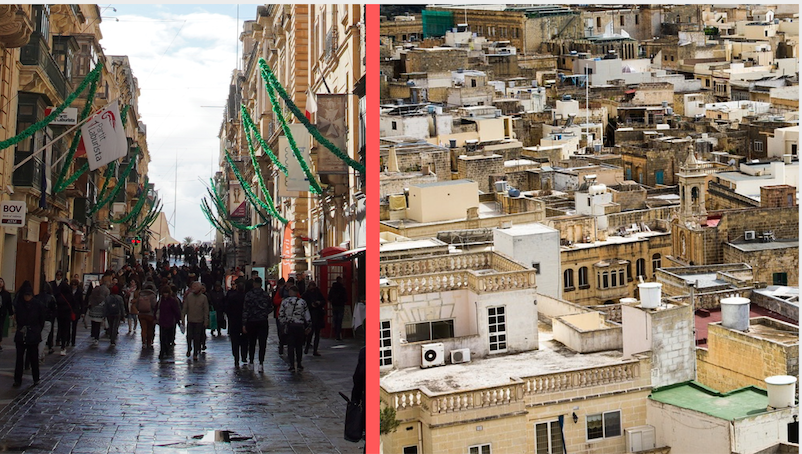Guest Post: The Changing Face Of Malta’s Demographics

The National Statistics Office has published the preliminary report of the Census of Population and Housing held last year. It provides information on the make-up of Malta’s demographics, which has economic, social, and political implications.
We need to appreciate that Malta’s demographics today are the result of policies implemented in the last few years.
Whether these policies have had a positive or a negative impact is a value judgement that each and every one of us is called to make, and that value judgement depends on our own individual values and life’s priorities.
Compared to 54 years ago, the population increased by 67%. That is due to a number of factors which are in the main an increase in the birth rate, an increase in life expectancy, an increase in the influx of migrants in recent years, and a decrease in migration from Malta.
However, the increase in population has primarily occurred in the last ten years, as whereas the increase between 1967 and 2011 was 33%, the increase in the last ten years has been 24%.
For the first time, there are more males than females. However, this trend has been noticeable for some decades.
Following the peak reached in 1957, when 52% of the population was made up of females, the ratio of females to males has been decreasing consistently since then. The latest census shows that 52% of the population are males. As such the tables have been turned.

Malta has always been a densely populated country, especially when compared to other countries. However, the population density has increased significantly between 2011 and 2022.
It has now reached 1,649 persons per square kilometre, an increase of 24% in the last ten years. Among the EU member states, the Netherlands has the next highest population density at 507 persons per square kilometre.
The impact of inward migration is best seen when one notes the number of non-Maltese among the population. The ratio between Maltese and non-Maltese is 3.5:1. However within the age group of 25 – 34 years, the ratio 1.38:1.
That ratio hints at the main source of the increase in the population in the last years; it explains why males have become more numerous than females; and it explains why we have an old-age dependency ratio which is lower than the EU average.
It is worth noting that while the total population increased by 102,130 between 2011 and 2021, the population of Maltese increased by just 6,970 persons. The number of non-Maltese persons increased by 95,160. The average age of the Maltese population increased from 40.5 to 43.6 between 2011 and 2021. The average age of the non-Maltese population was 34.9.
All these numbers pose a few questions.
These questions should have been asked when there was a deliberate policy to grow the economy on the back of imported labour. If we had done so, we would have anticipated these changes and we could have mitigated their negative effects. However, they are still pertinent today.
1. What are the social and economic costs and benefits of such an increase in the population?
2. Is a population density of 1,649 sustainable? And if in the affirmative, what should be our target population density?
3. What will be the economic cost in terms of infrastructural investment and environmental degradation of such a population density?
4. What is the social impact of the 469% increase in the number of non-Maltese, especially males?
5. These changes in Malta’s demographics have not impacted each locality in the same way. To what extent can those localities most severely impacted by these demographic changes, sustain such changes?
Lawrence Zammit is a Founding Partner and a Director of misco. At misco he acts as a consultant to a number of business organisations across a range of economic sectors.
Lovin Malta is open to interesting, compelling guest posts from third parties. These opinion pieces do not necessarily reflect the views of the company. Submit your piece at [email protected] or [email protected]
Do you agree?
